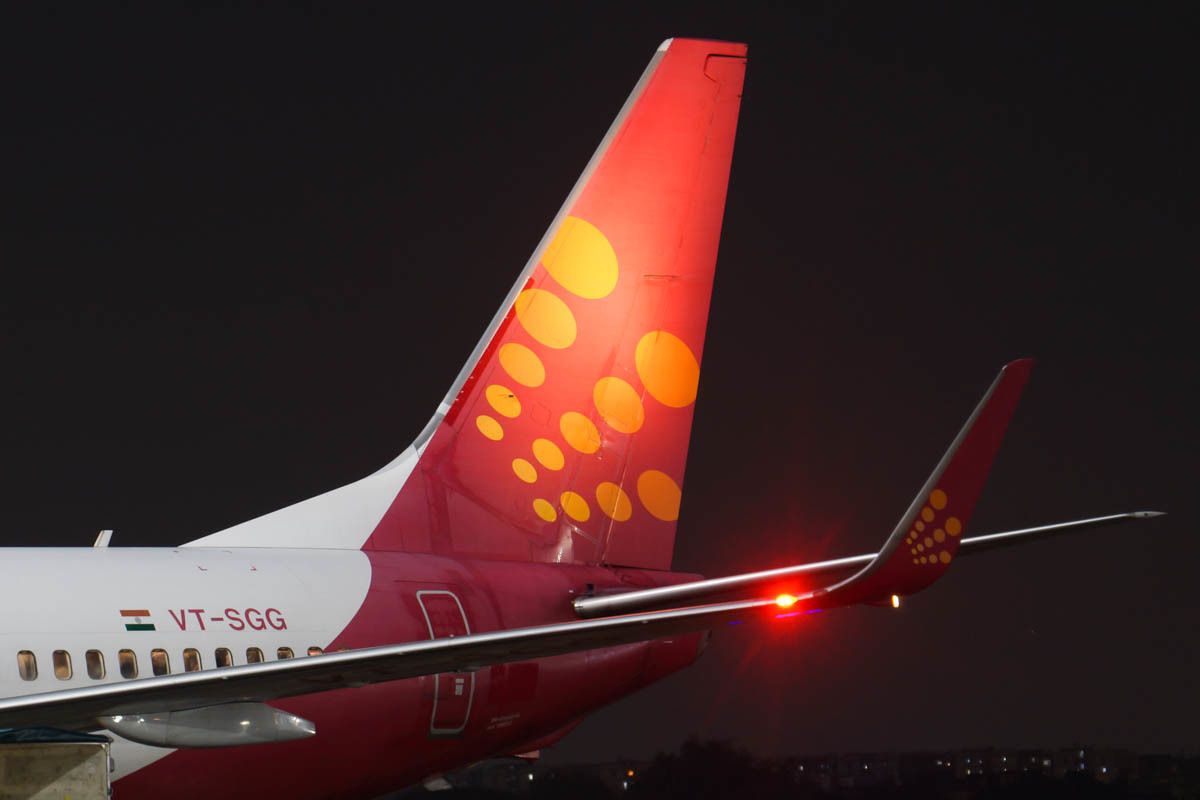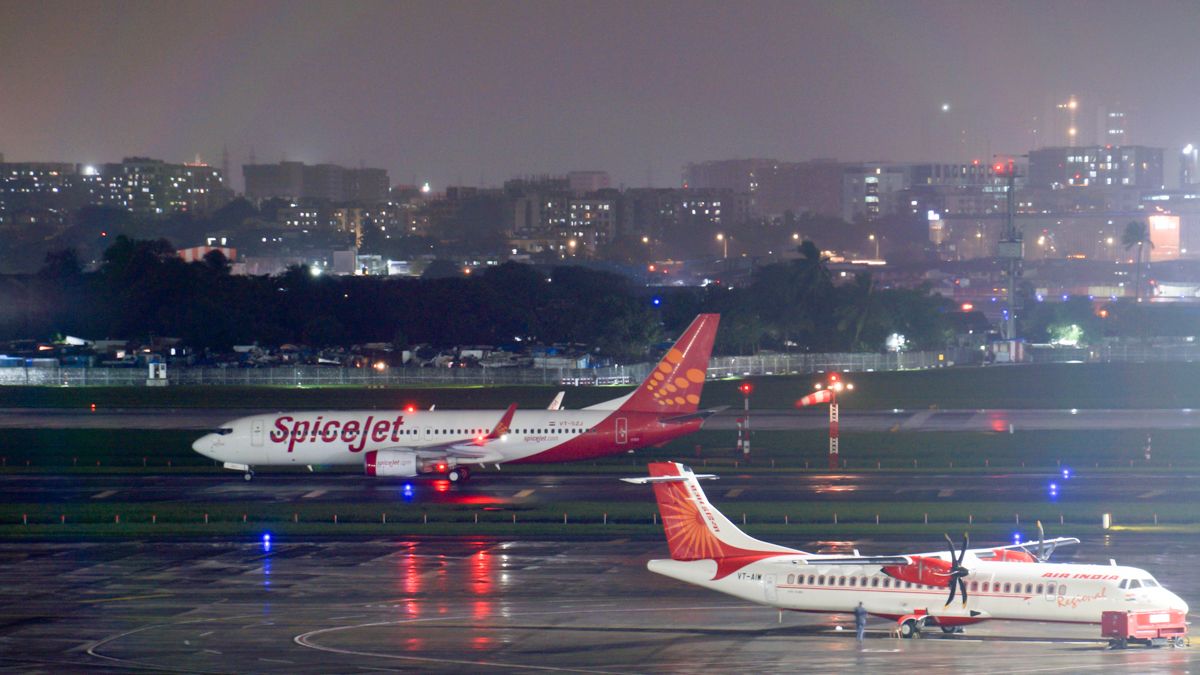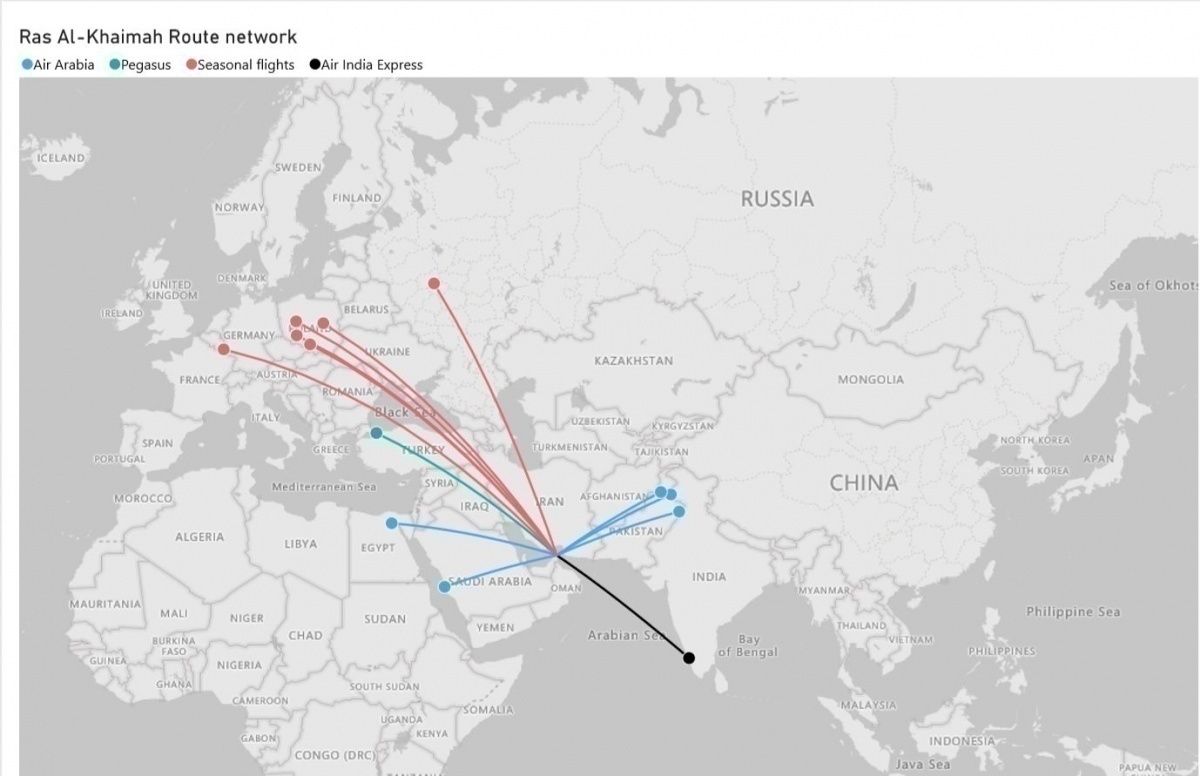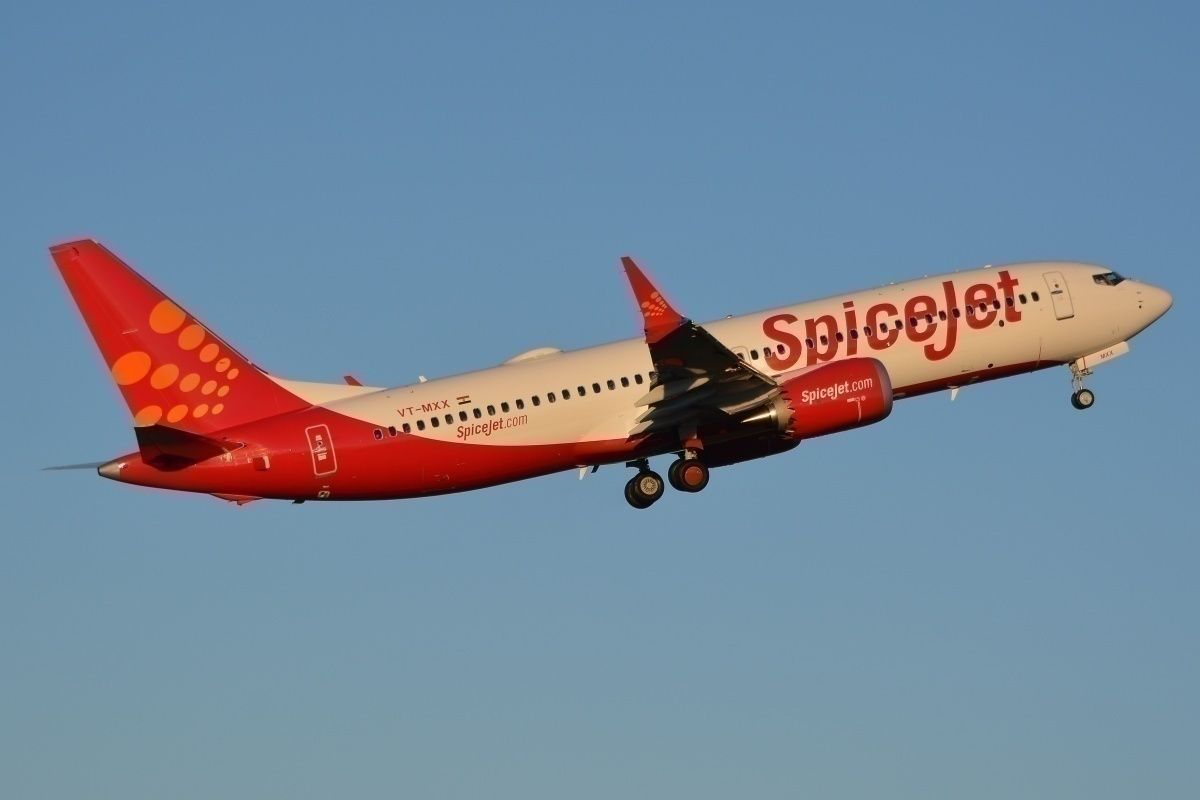At the end of October 2019, SpiceJet had announced its plans of setting up a hub at Ras Al-Khaimah (RAK) in the United Arab Emirates. The Indian low-cost carrier had initially intended to start a five-weekly service from Delhi, with plans to further increase connectivity to other Indian destinations. By the end of November, SpiceJet had already signed a Memorandum of Understanding (MoU) with RAK airport, expressing their increasing interest. However, neither the flight nor the hub has been launched.
Before going further, we acknowledge that RAK is the airport code for Marrakesh Airport in Morocco. Within this article, it is being used as an abbreviation for the Emirate of Ras Al-Khaimah.
Why Ras Al-Khaimah?
Ras Al-Khaimah, also known as 'RAK' is one of the seven emirates that make up the United Arab Emirates. Located in the Northeastern UAE, it's just an hour away from Dubai and Sharjah. Being an attractive tourist destination, RAK sees services from European and South Asian destinations. However, since the demise of RAK Airways (Ras Al-Khaimah's home airline) in 2014, traffic at the airport has been fairly average.
Currently, Air India Express is the only carrier connecting RAK to India. SpiceJet saw this as an opportunity to dominate India-Ras Al-Khaimah passenger traffic. With a fleet of Boeing 737s, it could have easily connected RAK with any Indian city.
Another reason for Ras Al-Khaima is its proximity to Dubai and Sharjah. Due to low slot availability and massive competition at Dubai (DXB) and Abu Dhabi (AUH), operating at RAK seemed practical. Also, cheaper airport rates mean lower operational costs and higher profitability. Hence, SpiceJet can easily ferry passengers bound for other cities in the UAE at competitive prices.
Out of RAK, it is pretty apparent that most of the European destinations (other than Istanbul) are seasonal and the Indian market has almost no competition. Pertaining to these circumstances, SpiceJet could have quickly found business. In fact, they had planned not only to dominate Indian origins and destinations but also connecting European traffic. With a fleet of 13 Boeing 737 MAX, SpiceJet could have flown anywhere in Europe from RAK. Unfortunately, the plans haven't gone ahead as expected.
What might have happened?
At this moment, we can't be certain as to why SpiceJet hasn't started these services. However, the problem could very well have to do with regulatory authorities. This is something CEO of SpiceJet, Ajay Singh, had stated to IANS and Outlook:
"We have applied to establish an airline there [Ras Al Khaimah]. Everything depends on regulatory approvals."
The other factor might be the weekly frequency allowance. The present bilateral air service agreement between Ras Al-Khaimah and India includes only four flights in a week. Excluding the two-weekly frequency of Air India Express, Spicejet is only left with two flights in a week. This is an obstacle to their initial plans of five weekly flights and further expansion.
It looks like a key issue is the grounding of Boeing 737 MAX aircraft. All Spicejet rotations out of their RAK hub were to be operated by their brand new 737s. Operating a B737-800 instead of the MAX means that most of the major European cities are no longer an option.
What's ahead?
Unfortunately, Boeing has not yet given a firm date as to when the 737 MAX will return to the skies. This combined with the current COVID-19 crisis is a firm indicator that Spicejet's Ras Al-Khaimah hub won't be happening anytime soon.
What do you think about Spicejet's hub at Ras Al-Khaimah? Do you think it is actually a good step? Let us know in the comments!




